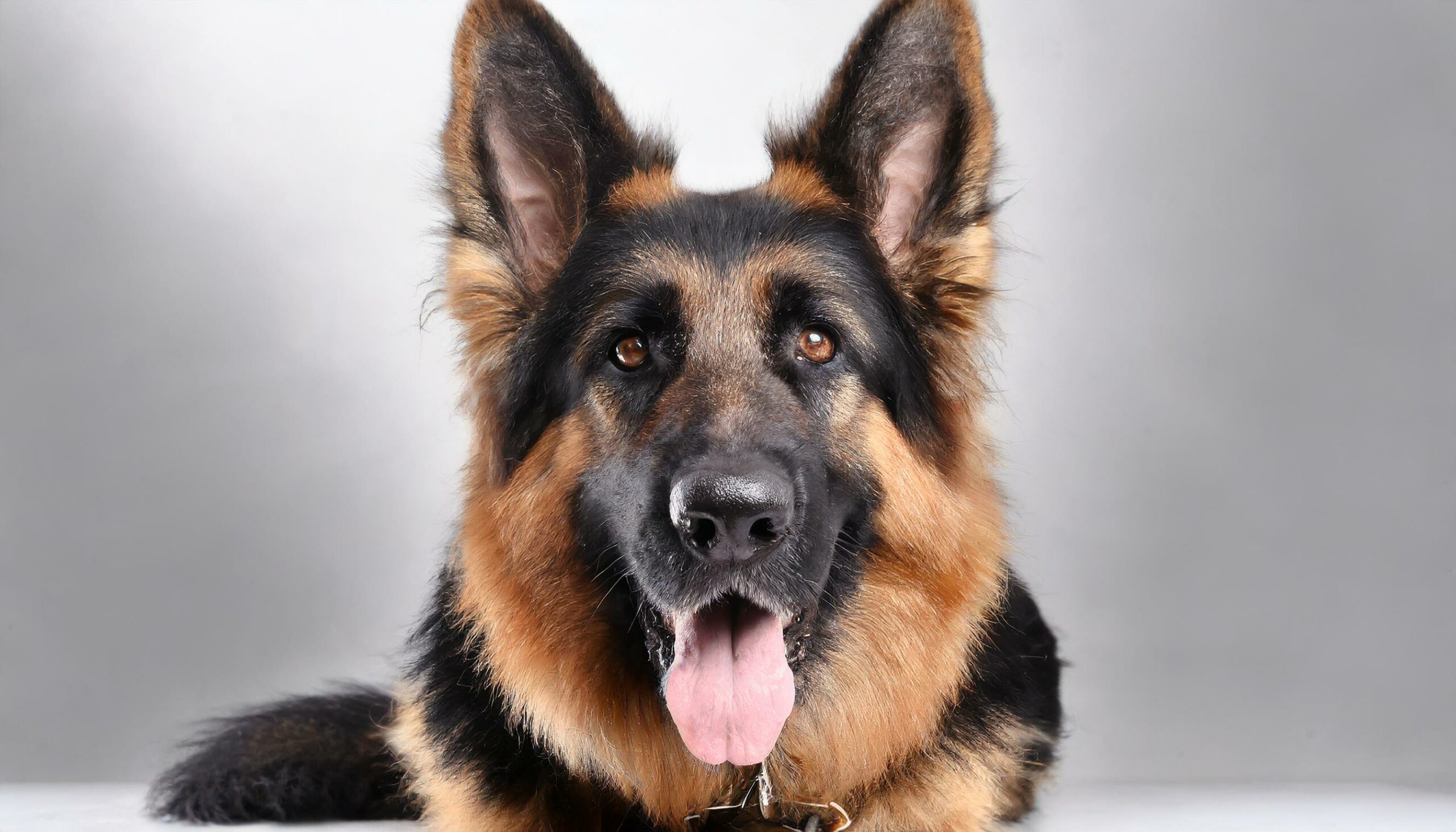The German Shepherd Dog (GSD) is one of the most versatile and widely recognized dog breeds in the world, known for its intelligence, loyalty, and capability. Developed in Germany in the late 19th century by Captain Max von Stephanitz, the breed was initially used for herding sheep. However, von Stephanitz saw the potential for the breed in various types of work and promoted its use in military, police, and service roles. Today, the German Shepherd is celebrated not only as a working dog but also as a faithful companion, excelling in homes, in service to those with disabilities, and in competitive sports.
Origins and History
The German Shepherd’s development began with von Stephanitz’s vision to create a dog that embodied unmatched intelligence, versatility, and physical prowess. By carefully selecting and breeding various herding dogs from across Germany, he established a standardized breed known for its work ethic and adaptability. The German Shepherd quickly gained international recognition for its roles in World War I and II, serving as a Red Cross dog, messenger, and guard, which solidified its reputation as a dog capable of performing under the most challenging conditions.
Physical Characteristics
German Shepherds are large dogs, with males standing 24 to 26 inches at the shoulder and females 22 to 24 inches. They possess a noble, streamlined physique characterized by a strong, muscular build, a domed forehead, a long muzzle, and a bushy tail that hangs down. Their coat, which can be short or long, comes in a variety of colors, though the most recognized are tan/black and red/black. The breed’s intelligent, keen gaze is one of its most defining features.
Temperament and Personality
The German Shepherd is known for its courage, confidence, and keen sense of duty. These dogs form deep bonds with their families and are known to be protective, making them excellent guardians. Despite their imposing appearance, German Shepherds have a gentle side and are known for their patience with children, making them excellent family pets. They are highly intelligent and trainable, excelling in obedience, tracking, and agility sports, as well as in roles as service and therapy dogs.
Health and Care
German Shepherds have a lifespan of approximately 9 to 13 years. They are generally healthy, but like all breeds, they’re prone to certain health conditions, including hip and elbow dysplasia, degenerative myelopathy, and bloat. Regular exercise is crucial for maintaining their physical and mental health, as is a balanced diet and preventive veterinary care. Their coat requires regular grooming to manage shedding and keep it in good condition.
Ideal Home Environment
The German Shepherd thrives in an active household that can provide plenty of exercise, mental stimulation, and companionship. They are suited to a variety of living situations as long as they are close to their family. Training and socialization should begin early, utilizing positive reinforcement methods to harness their intelligence and work ethic positively. The German Shepherd’s loyalty and versatility make it a beloved companion for those who appreciate the unique qualities of this remarkable breed.
Conclusion
The German Shepherd Dog stands as a symbol of loyalty, bravery, and versatility, embodying the best qualities of the canine spirit. Whether serving alongside law enforcement, assisting those with disabilities, competing in dog sports, or simply being a devoted family member, the German Shepherd excels. For those willing to commit to their training, exercise, and care, a German Shepherd offers a rewarding, lifelong companionship like no other.
